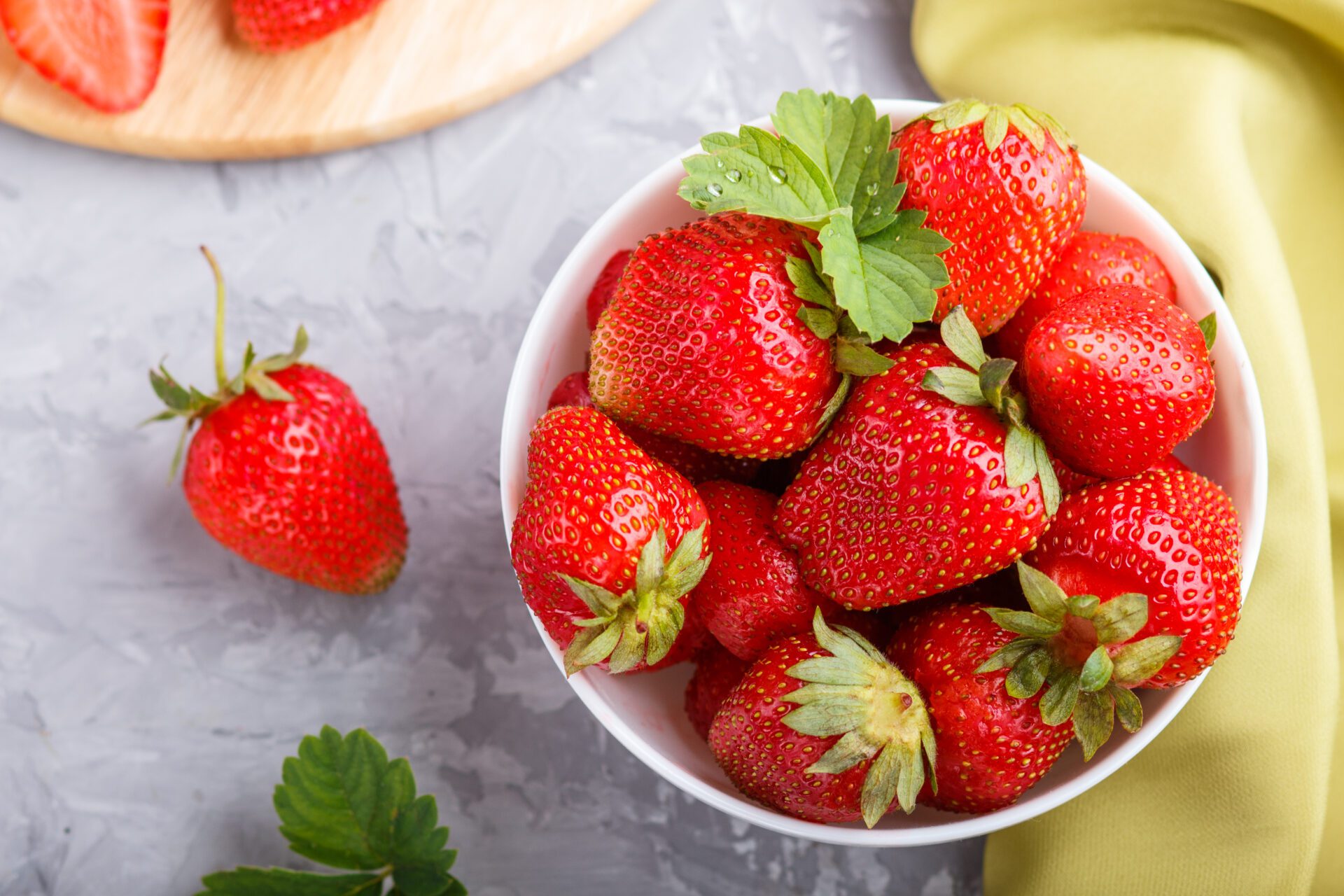
Why Strawberries Are The Most Toxic Produce
We have access to large, ripe, adequately flavorful strawberries year round. In a food-production system of “factory farms” and greenhouses, that’s not anything special. What is unique about strawberries is that they aren’t grown in aquaponics or greenhouses like they are in Europe, but in year round moderate conditions, sandy (or loamy) soil with a ocean breeze on prime real estate along the California central coast.
Does that sound like the most economical way to produce this relatively easy berry to grow year-round? Strawberries rake in about $70,000/acre compared to $1,500/acre for rice (there’s not a missing zero there). Growers (they don’t call themselves farmers) apply more pesticides and fumigants to strawberries than most other crop. Strawberries also have porous skin, absorbing these pesticides into the berry. You’re not going to rinse it off.
- Strawberries are clones (but not GMO). Having 8 strands of chromosomes (humans have 2) makes breeding strawberry varieties very challenging, unlike all the different apple varieties
- A Monocrop: Strawberries produce year-round with no genetic diversity, no crop rotation, and no natural exposure to disease in the soil.
- Fumigants: Leftover tear gas from WWI and methyl bromide are aerated into the soil, essentially killing the soil. This eliminates fungi and any disease, but it also kills good bacteria, worms, and any organic compounds.
By 1960s: Fumigation was widely used without understanding how it worked. Yields increased 20-30x fold. Banks wouldn’t lend to farmers who wouldn’t fumigate.
By the 1970’s: Strawberries were such a booming crop a market needed to be created to sell them. Aggressive marketing put strawberries on cans of cool whip, cereals, and cake mix boxes. Labeling strawberries as an antioxidant and marketing towards children made strawberries a staple item instead of seasonal treat.
Methyl Bromide is an illegal neurotoxin, and its’ use goes against an international treaty to not use it. Thanks to lobbying help from Dow, every year strawberry growers apply for a “critical exemption” and every year they get approval to use it.
One bromide ion destroys hundreds of thousands of ozone molecules. It’s surmised probably half of it escapes the plastic tenting upon application. A Berkely study found that babies born near strawberry fields (Ventura and Monterey Counties) were smaller in size and had smaller heads than counterparts elsewhere. There’s a lack of reporting among migrant workers who don’t want to risk getting deported.
The United States is responsible for about 40 percent of the 72,000 tons of methyl bromide used worldwide every year.
Organic still has to get it’s starter plants from a nursery. There isn’t a nursery that provides plants started on soil that’s not fumigated.
There have been moves to try different fumigation chemicals, but it’s widely contended the alternatives being pushed by Dow are just as bad or worse than the original chemicals. For example Methyl Iodide is the agent used to cause cancer in lab rat for experiments.
Brooke’s Take: The Driscoll’s conventionally grown strawberries are immediately next to the organic ones. There is research lacking but common sense tells me that plants metabolize what’s in the soil and air around it. No one’s dropping dead after biting into a strawberry, but there is growing research linking nerve agents to Parkinson’s, autism, and ADHD. If there’s one silver lining, fresh strawberries are really easy to DIY grow in small spaces and planters. Check out this grow guide.


